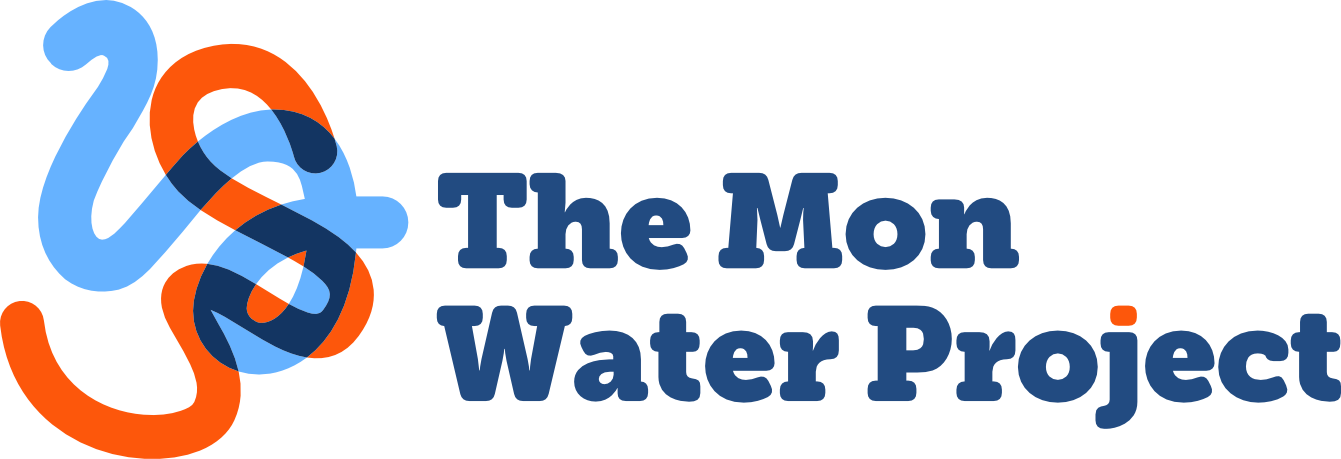Priority 3: Priority Areas, Lens 2 (Water Quality)
Pittsburgh Water and Sewer Authority (PWSA)
2022 Stormwater Strategic Plan (SWSP)
PWSA released a strategic plan in December of 2022. The public has until June 30, 2023, to comment on this document and submit those ideas/concerns/questions for official review. The Mon Water Project is going to step through each Priority and provide insight.
Lens 2: Water Quality
Priority 3 of the Plan includes a lot of important data, analysis, and parameters used in the plan to determine the next steps. These layers of information are called lenses. We are going to evaluate each lens individually.
Plan Background Information:
This one requires understanding of some important environmental terms and some background in regional compliance.
Definitions/environmental literacy first:
Water quality is based on how clean the water in our streams and rivers are.
Environmental Protection Agency (EPA): This is the federal level agency that sets the water quality standards based on the Clean Water Act (CWA).
Allegheny County Sanitary Authority (ALCOSAN): This is the large regional plant that takes ALL flushes from Pittsburgh from combined and sanitary systems, treats that dirty water, and transforms it into clean water, and discharges it back into the river.
Department of Environmental Protection (DEP): This is your state agency who monitors, samples, enforces, and fines based on water quality issues.
Clean Water Act (CWA): is a federal law that requires water quality standards that our rivers need to meet.
Combined sewer systems (CSS) are in the majority of the City of Pittsburgh. They combine your shower water, your laundry water, your toilets water (+your extras), roof drainage, AND the street rain water into one big pipe below the road. This pipe takes all of that mixed water to ALCOSAN. However those pipes are not built large enough to handle ALL the street drains and ALL the flushes during a rain storm. When even the smallest amount of precipitation falls in Pittsburgh, the combined sewer pipes overflow directly into the river. The water is all mixed up with sewage, so these overflows are major pollution events.
Those overflows change the conditions of our rivers and decrease water quality.
The set of requirements that apply to the CSS are within the CWA called the National Permit Discharge Elimination System (NPDES) created a permit and application system to help take the law and make real systems and pollution events.
Separate Sewer systems (SSS) are newer and what we build today in new developments. They channel your roof drains and street drains into a separate stormwater pipe, that is discharged directly to a local crick or creek. The toilets, shower, and laundry water that from people and a household is pipped independently to ALCOSAN. But just because these are “newer” systems, don’t make them flawless, and Pittsburgh infrastructure continues to age and break, even in the SSS areas. When a separate sewer line breaks or gets too full, the discharge is even more dangerous, because its highly concentrated poop water.
These overflows are illegal and the city must eliminate them quickly.
The set of requirements the apply to SSS are the Municipal Separate Sewer System (MS4) regulations, and they require protection of rivers and streams from pollution and being destroyed by the stormwater we pump into them.
What the plan says:
It took a while for the CWA requirements to be enacted and acted upon in PA. However the EPA showed up in town in the 1990’s and started to test, monitor, and raise some alarms about the water quality in Pittsburgh’s Rivers. Negotiations began, within a legal frame work at the EPA and the US Department of Justice to determine a new NPDES permit for ALCOSAN that would force actions to be taken. In 2020 the Interim Wet Weather Plan for ALCOSAN was finalized with the EPA to meet Water Quality standards in Allegheny County.
The ALCOSAN Wet Weather Plan includes:
A plant expansion to handle more flows
HUGE underground tunnels following each river to store flows during rain storms.
ALCOSAN taking ownership of more of the lines in the system.
In 2021, all of the 82 other municipalities that send sewage or combined sewage/stormwater flows to ALCOSAN have also gone through a negotiation process with the DEP at the state level, to determine how they will each take actions to reach CWA water quality requirements.
PWSA is now going through the same legal and regulatory process for the City of Pittsburgh. PWSA is currently in negotiations with the EPA to determine its final method for controlling overflows within its system, building off the plan released by ALCOSAN. Since ownership between ALCOSAN and PWSA can be confusing, and change by pipe segment to pipe segment, it is important that the County and City agencies work together.
As you can image, the ALCOSAN Plan tunnels will directly change how the PWSA system flows entirely. To be efficient with funding, PWSA must complement ALCOSAN’s work, as they both work to eliminate overflows.
This lens allowed PWSA to view the system BEFORE and AFTER the ALCOSAN Plan will be completely built. They were able to determine where the big ALCOSAN river pipes will help decrease the overflow. This changes the future responsibility of the city and its rain water management priorities. Areas that will NOT be managed by those big pipes get a higher weight for Priority 3 prioritization.
What I think:
PWSA must prove and guarantee that all modeling, data, and analysis includes Climate Change analysis tools to properly understand what the ALCOSAN Plan will and will not accomplish.
The ALCOSAN Tunnel Projects will not be complete until 2036. PWSA must develop a clear and immediate communication plan on how it will still address emergency flooding and stormwater issues prior, including and/or despite possible regional ALCOSAN tunnel outcomes.

